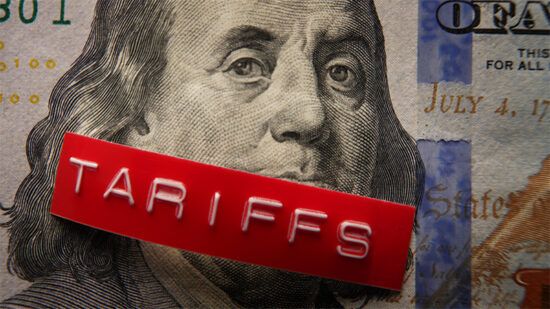The FTSE 100, which had been expected to produce dividend income of £91 billion in 2020, is now forecast to generate only two thirds of this, around £62 billion.
The economic impact of the Covid-19 pandemic should cause investors to re-examine whether they can rely on dividend income from the FTSE giants, and whether simplistic ways of measuring dividend risk, such as dividend cover, are fit for purpose.
Are we looking at the right risks?
When measuring dividend risk, there is no shortcut to genuine analysis of the business models of the companies generating the dividends.
How sensitive are their revenues to changes in GDP or commodity prices?
How likely are they to be disrupted by technological change?
Do these companies contribute to the global environment and personal wellbeing or do they actively harm it?
A high proportion of dividend income from the FTSE 100 is generated by oil companies, miners, cigarette manufacturers, and banks, none of which scores well on the criteria above.
Also, an over-reliance on dividend cover can lead to a misunderstanding of dividend risks, as has been the case so far in 2020.
Renewables to the rescue?
One key investment area is renewable energy, which tends to score very well on dividend resilience. There are two major reasons for this.
Firstly, and most importantly, the sales volume of renewable energy companies is not particularly sensitive to movements in demand. Because renewable energy generated from the wind, the sun, or rainfall has little or no marginal cost, it is usually dispatched by grid operators in preference to thermal generation, benefiting from what is known as “priority offtake”.
In fact, despite the fall in electricity consumption so far in 2020, the International Energy Agency forecasts that global renewable energy generation is expected to grow again this year, with the reduction in global demand being met by a drop in other forms of energy.
Secondly, on a global view, most renewable energy is sold on fixed price contracts to corporate buyers or on fixed feed-in tariffs to government agencies. Essentially priority offtake mitigates volume risks, while the counterparty buying the power takes on the pricing risk.
Given these supportive factors, it was surprising to see the sector sold down heavily in February and March, although this did provide some attractive buying opportunities. It was pleasing to see the sector recover over the second quarter however, as investors focussed on the fundamental attractions of the sector once more.
Beware UK market risks
However, in some places the sector does carry some pricing risk. For instance, in the UK, renewables typically sell power in the wholesale electricity market, accounting for approximately 40% to 50% of revenue, while receiving a renewable obligation certificate (or “ROC”) covering the remainder. While the ROC has the benefit of indexation and legislative backing to its value, there is material market risk when it comes to wholesale power market sales.
Unsurprisingly, UK electricity prices have been weak so far this year, on a mixture of reduced demand and lower gas prices. While it is natural to see lower prices in summer, the UK power market is currently some 25% lower than it has been during recent summers.
So how have the UK renewable companies fared in these more difficult electricity markets we are now facing? Looking at published net asset values (“NAVs”) calculated using discounted cash flows and reflecting internal electricity price assumptions, we can see that there have been reductions. However, power prices will likely recover over time as the electrification of the economy gathers pace, older thermal and nuclear stations are closed, and further out, as renewable energy is used to produce “green” hydrogen.
So where are we?
Investors can no longer simply buy a FTSE tracker and expect to sit back and enjoy a rising dividend stream. Instead, they will need to become more creative in sourcing income and more mindful of the risks to that income. Investors will need to become more diversified.
Renewable energy can provide an income risk diversifier, but it pays to spread exposure globally, benefiting from the fixed pricing enjoyed by many renewable operators in places such as North America, Europe and China, while spreading the political and regulatory risks which can affect the sector from time to time.








